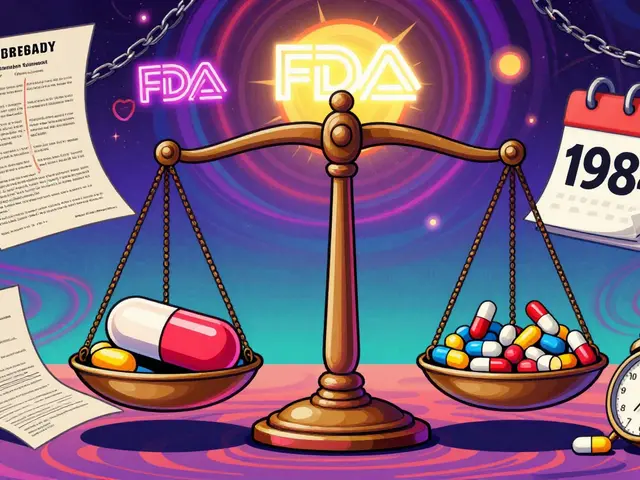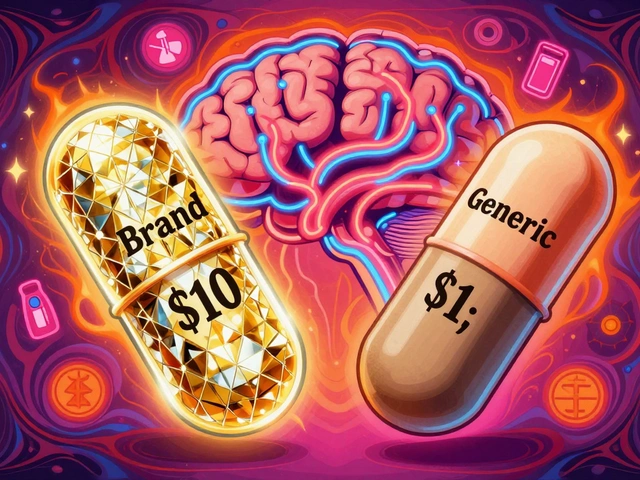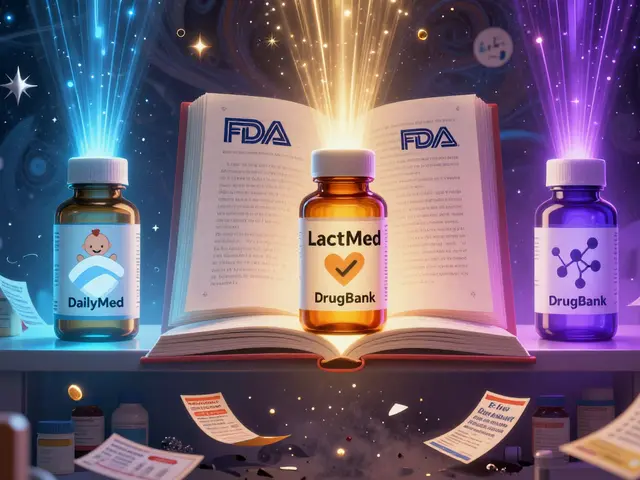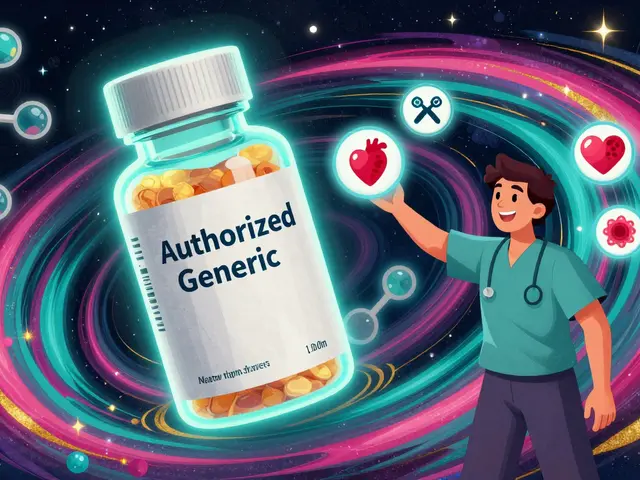Pain Relief Medications: What Works, What’s Safe
Pain feels personal and confusing. You want relief fast but also safe. This guide cuts through the noise and gives clear, practical tips on common pain medicines, how they differ, and smart rules to avoid harm.
Start by matching the drug to the pain. For fever and mild to moderate aches, acetaminophen (paracetamol) eases pain without upsetting the stomach. Don’t exceed the daily limit on the package and tell your doctor if you drink alcohol regularly. For inflammation, swelling, or muscle pain, NSAIDs like ibuprofen, naproxen, or diclofenac reduce inflammation and pain. They work well for sprains, arthritis flares, and menstrual cramps, but can raise blood pressure and irritate the stomach—use the lowest effective dose for the shortest time.
Opioids are powerful for severe acute pain after surgery or serious injury, but they carry addiction, drowsiness, and breathing risks. Short courses at the lowest effective dose are safer. If you’re offered opioids, ask about alternatives first and get a clear plan for stopping them. Some prescription options that aren’t opioids—like certain anticonvulsants (gabapentin, pregabalin) or antidepressants (duloxetine, amitriptyline)—can help nerve pain and long-term conditions. These usually take weeks to show effect and need regular follow up.
Topical medications, including diclofenac gels and lidocaine patches, cut pain with fewer systemic side effects. They’re handy for localized joint pain or tendon problems. For dental or minor skin pain, topical options often do the job without oral drugs.
Non-drug options matter. Ice, heat, physical therapy, graded exercise, and targeted stretching reduce pain and lower medication needs. Cognitive approaches like pacing and relaxation help chronic pain too. Think medication plus movement, not pills alone.
Quick Safety Rules
Read labels and follow dosing exactly. Avoid mixing NSAIDs and blood thinners unless your doctor okays it. Don’t take multiple products that list the same active ingredient, like two acetaminophen-containing medicines. Store opioids securely and dispose of leftovers safely. If you’re pregnant, breastfeeding, or have kidney, liver, or heart disease, check with a clinician before starting any pain medicine.
Buying meds online? Use licensed pharmacies, require a prescription for prescription drugs, check reviews, and avoid deals that look too good to be true. Our site has guides on safe online buying and pharmacy alternatives if you need help finding reputable sellers.
When to See a Doctor
See help if pain is sudden and severe, comes with fever, numbness, weakness, breathing trouble, or doesn’t improve after a short course of treatment. Also get medical advice when you need long-term pain control or when side effects limit your daily life.
Older adults and kids need special care. Seniors respond differently to drugs and often take many medications. Ask about dose adjustments and look for fall risk with sedating drugs. Never give adult doses to children—get pediatric dosing from a pharmacist or doctor. Keep a list of all medicines to review with a clinician.
Pick the right medicine for the problem, use the least invasive option that works, keep safety front center.
Top 10 Neurontin Alternatives: Exploring Effective Solutions for Pain and Seizures
This article delves into the exploration of ten alternatives to Neurontin, shedding light on their uses, benefits, and potential drawbacks. With each alternative, readers will gain insight into different medications that are commonly used to treat conditions such as neuropathic pain, seizures, and mood disorders. By comparing these options, individuals can find an appropriate solution tailored to their specific health needs. This comparative guide aims to assist patients and healthcare providers in making informed decisions.





